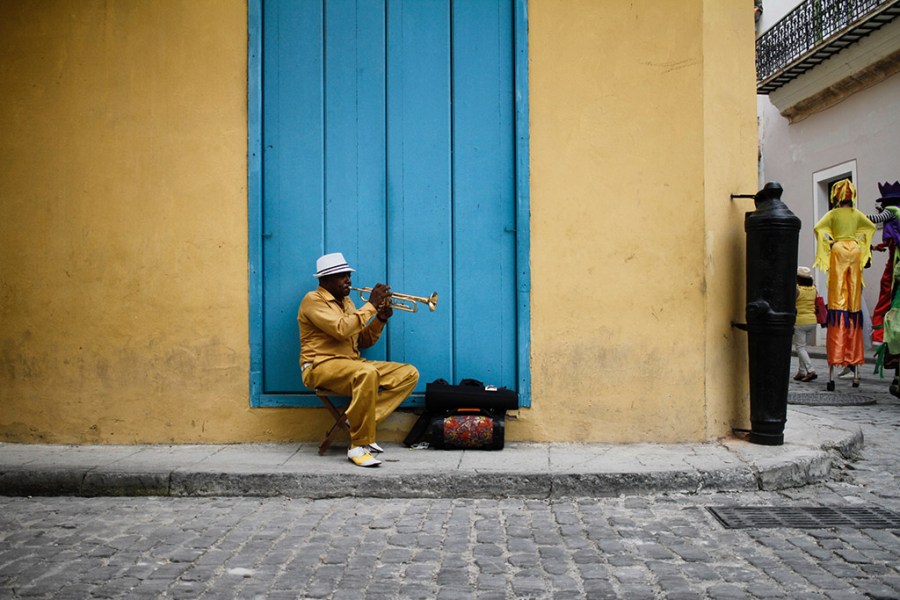The 7-Second Trick For Street Photographers
The 7-Second Trick For Street Photographers
Blog Article
The Main Principles Of Street Photographers
Table of ContentsStreet Photographers for DummiesThe 5-Minute Rule for Street PhotographersThe Ultimate Guide To Street PhotographersThe Basic Principles Of Street Photographers The 30-Second Trick For Street Photographers
, a genre of photography that documents everyday life in a public area. The very publicness of the setting allows the professional photographer to take candid images of unfamiliar people, commonly without their understanding. Road digital photographers do not always have a social function in mind, but they favor to isolate and capture minutes which might or else go unnoticed.He was affected by many of those that affected the road professional photographers of the 1950s and '60s, he was not primarily interested in recording the spirit of the street. The impulse to visually record individuals in public started with 19th-century painters such as Edgar Degas, douard Manet, and Henri de Toulouse-Lautrec, who functioned side by side with photographers trying to catch the essence of metropolitan life.
In comparison to Atget, photographer Charles Marville was employed by the city of Paris to create an encyclopaedic file of Haussmann's city planning project as it unfolded, therefore old and new Paris. While the professional photographers' subject was essentially the exact same, the results were considerably different, showing the effect of the professional photographer's bent on the character of the pictures he generated.
The 7-Minute Rule for Street Photographers
Provided the great high quality of his photos and the breadth of product, architects and artists frequently acquired Atget's prints to make use of as reference for their very own work, though industrial rate of interests were rarely his main inspiration. Instead, he was driven to photo every last remnant of the Paris he liked. The mingled interest and urgency of his mission shine through, causing pictures that tell his very own experience of the city, high qualities that expected street photography of the 20th century.

Unlike his peers, Brassa used a larger-format Voigtlnder camera with a longer direct exposure time, requiring him to be extra calculated and thoughtful in his practice than he could have been if making use of a Leica. (It is assumed that he may not have actually been able to afford a Leica during that time, but he did, nonetheless, use one in the late 1950s to take colour pictures.) Brassa's pictures of the Paris underworld illuminated by fabricated light were a discovery, and the compilation of the collection that he published, (1933 ), was a significant success.

Unknown Facts About Street Photographers
It is since of this essential understanding of the art of picture taking that he is often credited with finding the medium all over once again roughly a century because its innovation. He took photos for even more than a half century and see here influenced generations of digital photographers to trust their eye and intuition in the moment.
These are the questions I will try to address: And after that I'll leave you with my very own definition of road digital photography. Yes, we do. Allow's begin with defining what a definition is: According to it is: "The act of specifying, or of making something definite, distinctive, or go to this site clear".
No, definitely not. The term is both limiting and deceiving. Appears like a road digital photography must be photos of a streets appropriate?! And all street professional photographers, besides a small number of absolute newbies, will completely appreciate that a road is not the key part to street photography, and in fact if it's an image of a road with perhaps a few boring people not doing anything of passion, that's not road digital photography that's a picture of a road.
Not known Factual Statements About Street Photographers
He makes a valid factor don't you assume? While I agree with him I'm not sure "honest public digital photography" will capture on (although I do kind of like the term "honest photography") due to the fact that "street digital photography" has been around for a long time, with numerous masters' names affixed to it, so I believe the term is right here to remain. Street Photographers.
You can fire at the coastline, at a celebration, in a street, in a park, in a piazza, in a coffee shop, at a museum or art gallery, in a city terminal, at an event, on a bridge, under a bridge ...
Some Known Details About Street Photographers
Yes, I'm afraid we have no choice! Without guidelines we can not have an interpretation, and without a definition we don't have a genre, and without a style we don't have anything to define what we do, and so we are stuck in a "guidelines interpretation category" loophole! - Street Photographers

Report this page